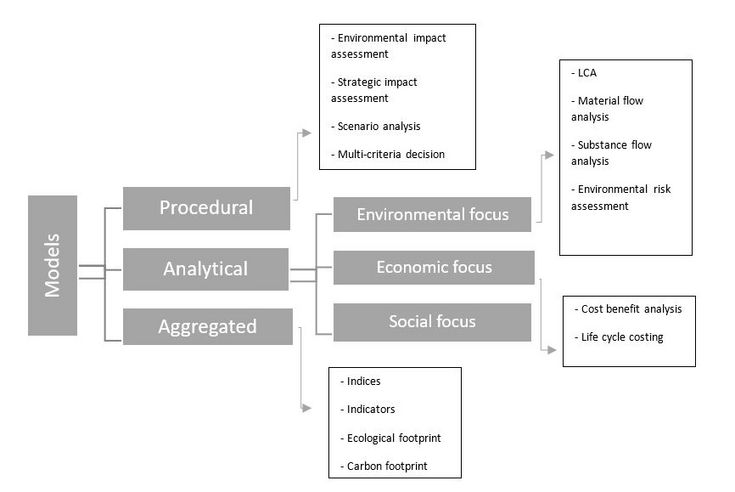Sustainability performance of the dairy sector: A multidimensional assessment
SUPERVISOR: Werner ZOLLITSCH
PROJECT ASSIGNED TO: Rita PACARADA
The intensification of the dairy industry over the past decade has raised concerns and sparked scrutiny about its long-term sustainability (Keyserlingk, et al. 2013). Various methodologies for analyzing aspects of sustainability in the food sector, particularly agricultural production, have been developed over the last 15 years (Schader, et al. 2014). The environmental, economic, and social components of the dairy industry have all been researched to varying degrees, but they have never been combined into a comprehensive assessment of the industry's long-term sustainability (Chen and Holden 2018). Often, dairy sustainability assessments have mostly concentrated on the environment side, while ignoring economic, ethical, and social components of sustainability, and the applicability of findings (Binder, Feola and Steinberger 2010). For relevant stakeholders, establishing methods for communicating sustainability in an effective and transparent manner remains a transdisciplinary problem (Schader, et al. 2014). While identifying these gaps, and also where the dairy sector’s sustainability is today and will be in the future, this dissertation builds upon these goals: (1) demonstrate the importance of sustainability within the dairy sector; sector’s capacity of adaptation in an ever-changing environment and the ability to transform, (2) validate the work that has been done to enable and showcase the alignment of the dairy sector with sustainability goals through assessment models, (3) identify opportunities of developing a harmonized dynamic model that shows and simultaneously examines the possibilities of this continuous sustainability performance, while understanding trade-offs.
Through applying a multimethod approach, the doctoral project objectives are threefold:
1. Identify sustainability assessment models and compare them based on stipulated criteria (a typological approach),
2. develop sustainability benchmarking framework to be applicable and give a holistic view on both farm and country level,
3. quantify future alignments of the dairy sector with sustainability goals into a harmonized dynamic model.

Figure 1. Theoretical framework of models for sustainability assessment. Source: Andersson, et al, (2016). Author’s own computation.
References
Andersson K., Brynlof S., Landquist H., Svensson E., 2016. “Methods and Tools for Environmental Assessment”. Shipping and the Environment: Improving Environmental Performance in Marine Transportation; Andersson, K., Brynolf, S., Lindgren, F.J. & Wilewska-Bien (eds.). p. 265-293. 978-3-662-49045-7 (ISBN).
Binder, Claudia R., Guiseppe Feola, and Julia K. Steinberger. 2010. "Considering the normative, systemic and procedural dimensions in indicator-based sustainability assessments in agriculture." Elsevier - Environmental Impact Assessment Review 71-81.
Chen, Wenhao, and Nicholas M. Holden. 2018. "Tiered life cycle sustainability assessment applied to a grazing dairy farm." Journal of Cleaner Production 1169-1179.
Keyserlingk, M. A. G. , N. P. Martin, E. Kebreab, K. F. Knowlton, R. J. Grant, M. Stephenson, C. J. Sniffen, J. P. Harner III, A. D. Wright, and S. I. Smith. 2013. "Invited review: Sustainability of the US dairy industry." Journal of Dairy Science 5405-5425.
Schader, Christian, Jan Grenz, Matthias S. Meier, and Matthias Stolze. 2014. "Scope and precision of sustainability assessment approaches to food systems." Ecology and Society 42-58.
